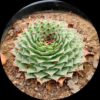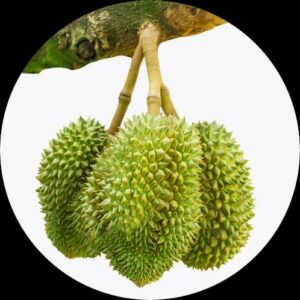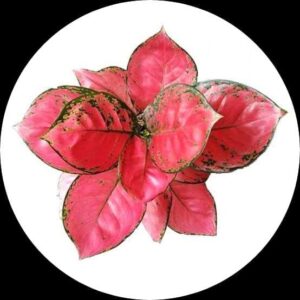- Empty cart.
- Continue Shopping
Moonstone
Original price was: ₹455.00.₹345.00Current price is: ₹345.00.
The Moonstone succulent plant features plump, moon-like leaves in soft blue and lavender hues, perfect for adding a touch of elegance to any garden or indoor space.
The Moonstone succulent plant, scientifically known as Pachyphytum oviferum, is a captivating and unique addition to any plant lover’s collection. Renowned for its plump, moon-like leaves that range from pale blue to lavender, this succulent brings a touch of otherworldly beauty to any space. The Moonstone succulent is a member of the Crassulaceae family and originates from the rocky terrains of Mexico.
Key Features and Care Instructions:
Appearance: The Moonstone succulent is characterized by its fleshy, rounded leaves that resemble smooth, polished stones. The leaves can vary in color from soft blue to light lavender, with a powdery, silvery coating that gives them a moon-like glow. This succulent forms compact rosettes, growing up to 4 inches tall and 6 inches wide.
Light: This succulent thrives in bright, indirect light. It can tolerate some direct sunlight, particularly in the morning, which helps enhance its coloration. If grown indoors, place it near a south-facing window where it can receive plenty of light. Outdoors, ensure it is in a spot with filtered sunlight to prevent leaf burn.
Water: The Moonstone succulent is drought-tolerant and requires minimal watering. Allow the soil to dry out completely between waterings. Water deeply when the top inch of soil feels dry, but avoid letting the plant sit in water to prevent root rot. Reduce watering during the winter months when the plant’s growth slows down.
Soil: Use a well-draining succulent or cactus mix to ensure proper drainage. The Moonstone succulent prefers soil that allows water to pass through quickly, preventing waterlogging. If planting in a container, make sure it has drainage holes to avoid standing water.
Temperature: This succulent thrives in warm temperatures and can tolerate light frost. The ideal temperature range is between 65°F to 80°F (18°C to 27°C). In colder climates, it can be grown in containers and brought indoors during the winter to protect it from freezing temperatures.
Fertilizer: The Moonstone succulent does not require frequent fertilization. Feed it with a balanced, water-soluble fertilizer diluted to half strength once during the growing season (spring or early summer). Avoid over-fertilizing, as it can lead to leggy growth and diminish the plant’s appearance.
Propagation: The Moonstone succulent is easy to propagate through leaf cuttings and offsets. To propagate, remove a healthy leaf from the base of the plant, allow it to callus over for a few days, and then place it on well-draining soil. Water sparingly until new growth appears.
Decorative Uses: The Moonstone succulent is perfect for succulent arrangements, container gardens, and indoor displays. Its unique shape and color make it a standout piece in any collection. It pairs beautifully with other succulents and adds a touch of elegance to any space.
Additional Tips: Regularly remove any dead or damaged leaves to maintain the plant’s appearance. While the Moonstone succulent is relatively pest and disease-resistant, watch for common succulent pests such as aphids and mealybugs.
The Moonstone succulent plant is a stunning and low-maintenance addition to any garden or indoor plant collection. Its beautiful, plump leaves and easy care requirements make it a popular choice for both novice and experienced gardeners.













Reviews
There are no reviews yet.